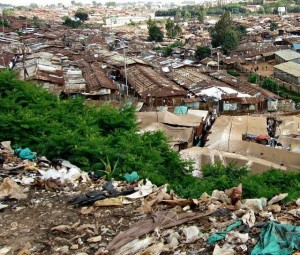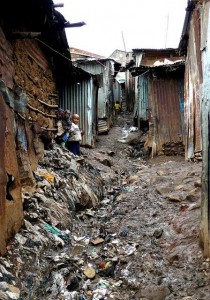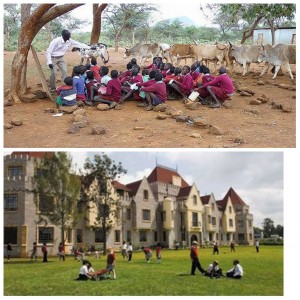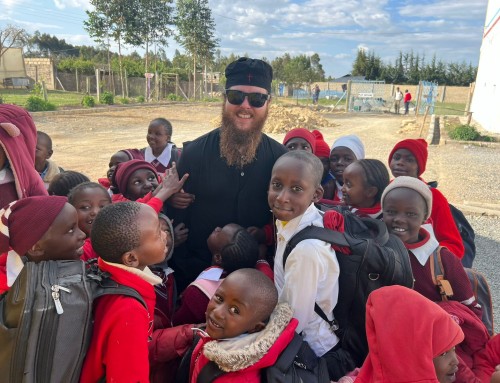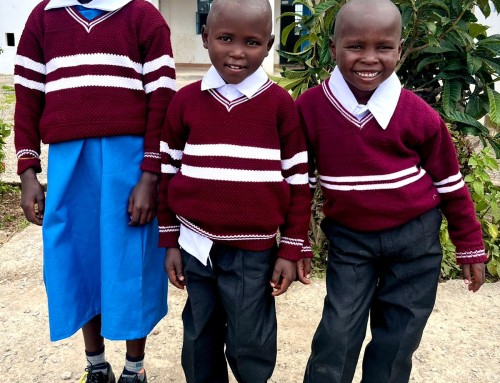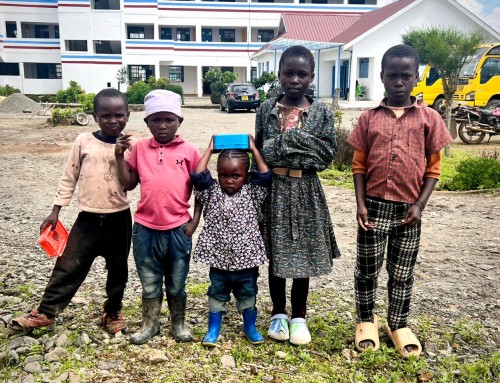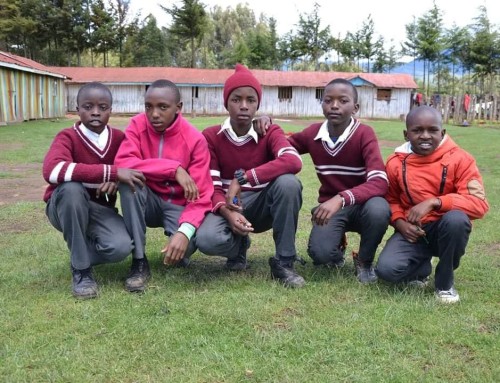POVERTY IN KENYA
While Kenya is known world over for its landscapes, sandy white beaches and the wildlife, there is also a dark side that contrasts all of these. This dark side is the poverty and existence of Africa’s biggest slum in Kenya. While some parts of the country get abundant rainfall and thus ready water and food supplies, some counties face extreme dry conditions with no water and no food.
These conditions are made worse by poor governance and socio-economic inequalities that are so rampant. According to research, the bigger population of the country lives below poverty lines with most households living on earnings of less than $1 per day. A condition where one lacks certain material possessions, a source of income or money, or is deprived of basic human needs is what is defined as poverty.
Effects of poverty on health and healthcare
Some areas are marginalized and therefore have no ready or easy access to basic human rights such as healthcare, sanitation, food, water and shelter. Lack of proper healthcare and sanitation leads to the contracting and spread of serious diseases which in some instances lead to death. Malaria; one of the deadliest diseases in Kenya is caused by mosquitoes which live and breed in dirt and stagnant water caused by poor sanitation. Lack of clean drinking water is the reason for the spread of waterborne diseases. Typhoid and cholera are some examples of diseases caused by drinking dirty or contaminated water. Both of these are deadly and may cause death few hours after contracting them.
Because a majority of Kenyans are poor, Affording proper healthcare for themselves and their loved ones is a big challenge. There are hardly any free hospitals in the country. Good healthcare is expensive in Kenya, whether it is from a public or a private hospital.
Inequality in Kenya
One of the reasons for widespread poverty in Kenya is that there is huge inequality in terms of education, provision of healthcare and income in the country.Marginalized areas either have no hospitals or the medical facilities are far and cannot be accessed easily by the area residents while healthcare in urban and developed areas is top notch and is easy to get to no matter the day or time. Rural areas and urban slums do not enjoy equality when it comes to education. While some schools have enough teachers, proper buildings and other learning facilities such as laboratories and libraries, other schools have no buildings and learning takes place under trees or in open fields.
There is a huge difference in income for the rich and the poor. There are families that live on a monthly income of fewer than five thousand shillings and some few households have a monthly income of more than a million shillings. This difference in incomes means that a small part of the population can afford the best of everything while the bigger population is living from hand to mouth.
Gender inequality is the other form of inequality affecting Kenyan citizens. Most Kenyan cultures have defined roles for men and women. The men assume the position of family breadwinners and the women have to take care of the children and other household chores. The cost of living has been on the rise in recent years, families where both parents bring in an income, are doing much better in fighting poverty than single income households.
Effects of poverty on children
From lack of education to malnutrition, child labour,to infant mortality, the effects of poverty on children are numerous. Most families cannot afford to get a properly balanced diet or enough food. The result of this is improper growth and development in children. Poor diet also means that children have low immunity. This makes them susceptible to infections and diseases. The high rate of infant deaths is due to these infections and other factors that can easily be controlled through the provision of basic human needs.
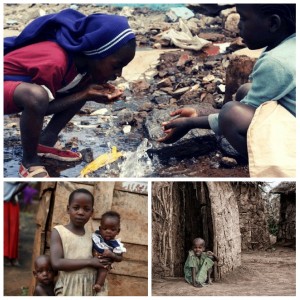
Top: Children drinking untreated water. Left: A girl taking care of her siblings. Right: A boy with severe malnutrition.
Despite the free primary school education program in Kenya, many children in poverty struck areas do not go to school. Most of these children are forced to participate in some form of manual labor to get an income or to assist their parents in taking care of their younger siblings. This robs them of their childhood and forces them to grow up faster. The children that manage to attend school most times cannot concentrate due to the poor learning conditions or due to hunger.
Intervention

Orthodox Africa Assistant director serves food to children at St Barnabas orthodox Orphanage and school in kenya. june 2018
St Barnabas orphanage and school in Kenya tries to bridge these huge gaps in the Kenyan society, though its a very small percentage, but in a very special way where the orphans receive food, shelter, clothing, healthcare and education. Without the orphanage the 175 children would otherwise be roaming the streets sniffing glue and abusing other hard drugs
Everyone can help, even if in the very smallest way possible through partnering with St Barnabas orphanage and school.
To partner with me in helping the children, make donations through our website donation page here
www.orthodoxmissionkenya.org/get-involved



